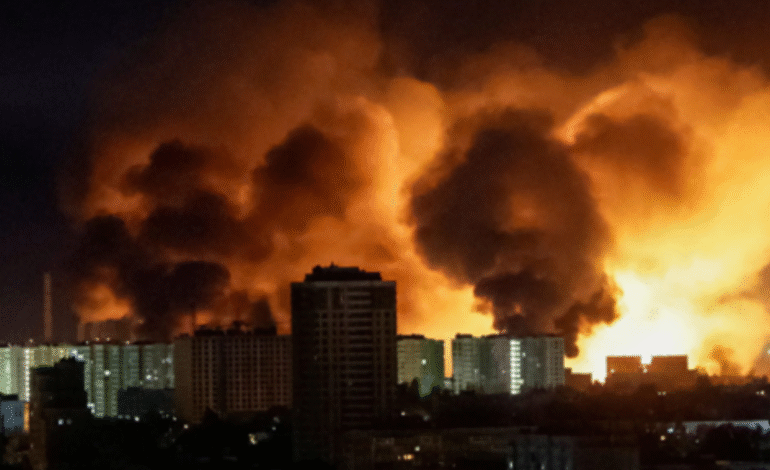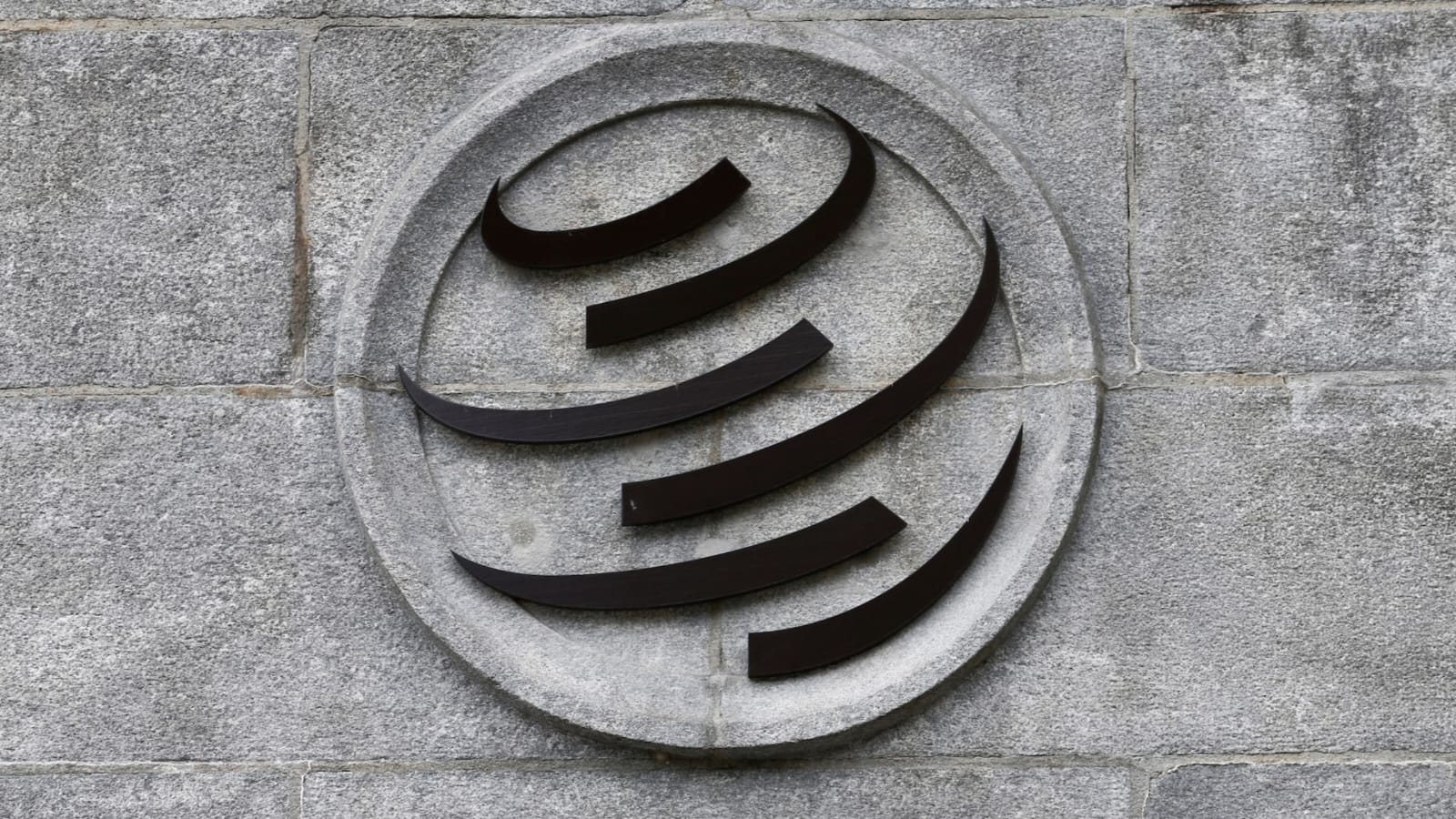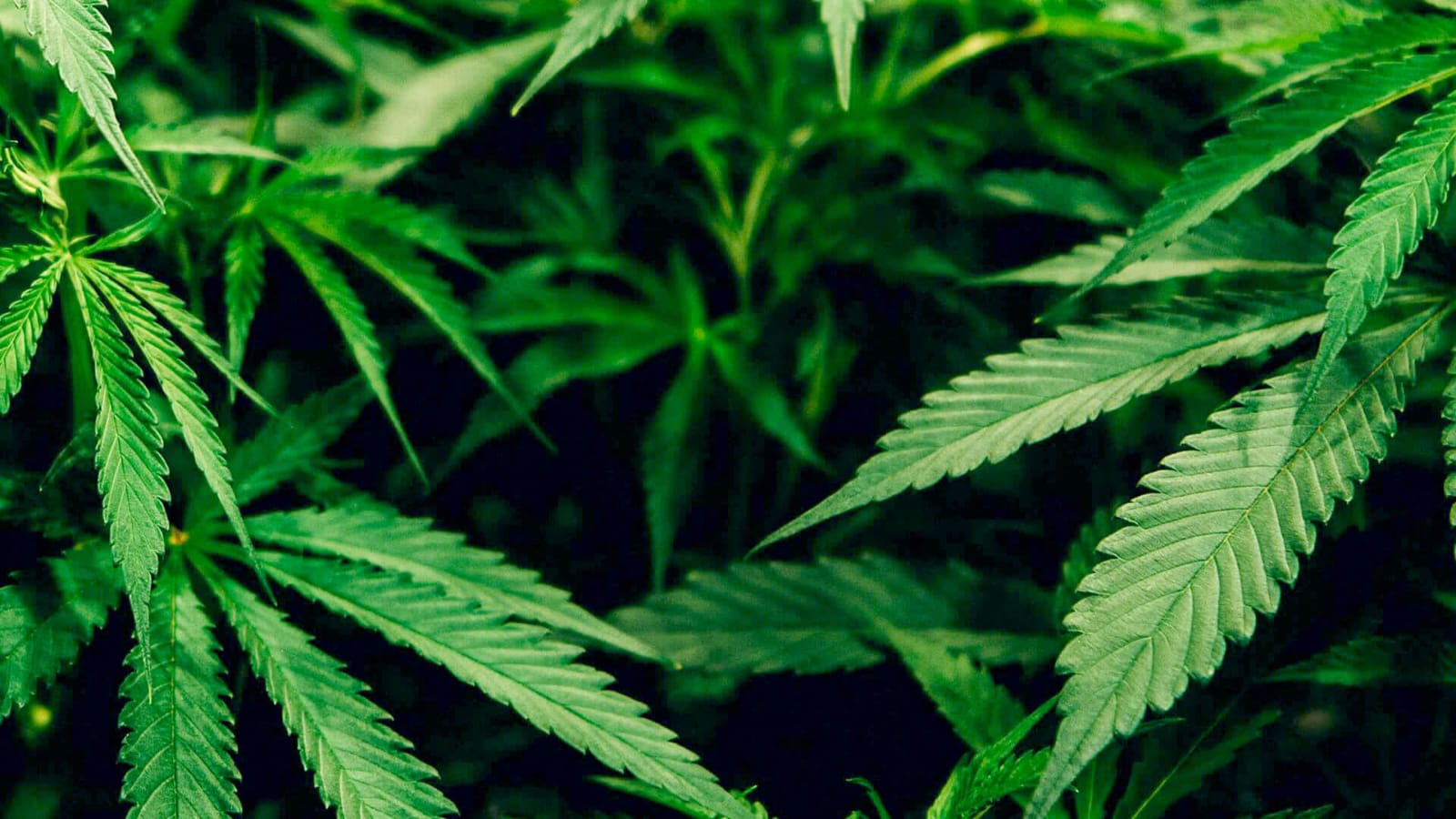Russia Launches Massive Drone and Missile Assault on Ukraine Amid Escalating Tensions

In a stark escalation of the ongoing conflict, Russia unleashed a massive aerial attack on Ukraine overnight from July 19 to July 20, 2025, deploying over 300 strike drones along with more than 30 missiles. This unprecedented assault targeted multiple Ukrainian cities, including the strategic Black Sea port of Odesa, the northeastern region of Sumy, and key urban centers such as Kyiv, Dnipro, Pavlohrad, and Kirovohrad. The attack left a trail of devastation, claiming at least one life and injuring several others, while triggering fires and causing significant damage to civilian infrastructure.
Heavy Human and Structural Losses in Odesa and Sumy Regions
Odesa, a city of critical geopolitical and economic importance, bore the brunt of the attack. According to the city’s mayor, Hennadii Trukhanov, the strike resulted in one confirmed death and six injuries, including a child. A residential high-rise building was set ablaze after being hit by the drones, prompting urgent rescue efforts. Emergency teams successfully evacuated five residents trapped in the burning building.
The widespread destruction and human suffering underscored the relentless nature of the assault. In addition to the damage in Odesa, the Sumy region, located near the Russian border, experienced considerable disruption when critical infrastructure was targeted. Power outages affected thousands of residents as missile strikes damaged key energy facilities. The city of Pavlohrad, located in the eastern part of Ukraine, faced the heaviest bombardment in months, with industrial sites, residential buildings, and emergency services coming under fire.
Ukraine’s Air Defense Systems Show Strength Despite Growing Pressure
The Ukrainian military demonstrated remarkable resilience despite the scale of the attack. President Volodymyr Zelensky reported that Ukrainian air defense units intercepted and shot down 208 drones and missiles out of the total 330 launched by Russian forces. This effective defense was crucial in preventing a higher number of casualties and greater infrastructural damage. Nonetheless, analysts note that the intensity and frequency of Russian drone barrages have increased significantly in recent months. Some single-night attacks now surpass the volume of drones and missiles launched over entire months earlier in 2024, indicating a shift in Russian military tactics aimed at overwhelming Ukraine’s defenses.
The Rising Use of Drone Warfare and Tactical Shifts
The attack follows a similar major escalation on July 8, when Russia reportedly launched over 700 drones in a single day, marking the highest volume of aerial strikes since the conflict intensified. The continuous use of unmanned aerial vehicles, particularly Iranian-made Shahed drones, highlights Russia’s reliance on drone warfare to target Ukrainian infrastructure, disrupt energy supplies, and apply psychological pressure on the population and military.
European Union Responds With New Sanctions to Pressure Moscow
Amid the growing intensity of hostilities, the European Union responded swiftly by adopting its 18th package of sanctions against Russia. These sanctions focus heavily on crippling Russia’s energy sector, which is a vital source of revenue funding its military operations. A key measure within this package is the imposition of a price cap on Russian oil exports, set at $47.60 per barrel.
This cap aims to reduce Russia’s income from oil sales without causing excessive disruption to global energy markets. The sanctions also target the so-called “shadow fleet,” which consists of a network of oil tankers that Russia uses to circumvent previous sanctions and transport oil covertly. Additional restrictions affect pipeline agreements and extend to companies involved in the Russian military-industrial complex. This expanded sanctions regime signals a tightening of the international community’s stance against Russia’s aggressive actions and seeks to further isolate the Kremlin economically.
International Military Support for Ukraine Intensifies
International military support for Ukraine has also intensified in the wake of the recent attacks. French President Emmanuel Macron announced that France would increase its delivery of Patriot missile defense systems to Ukraine and expand training for Ukrainian pilots flying Mirage fighter jets.
Australia committed a substantial $160 million aid package, which includes M1A1 Abrams main battle tanks, surveillance drones, and battlefield mobility vehicles to bolster Ukraine’s defensive capabilities. Meanwhile, the United States reaffirmed its commitment to supply additional air defense assets and expedite the delivery of F-16 fighter jets to Kyiv. These actions underscore the global consensus on supporting Ukraine’s ability to defend itself and deter further Russian advances.
Strategic Importance of Odesa and Sumy in the Conflict
The strategic importance of cities like Odesa and Sumy cannot be overstated. Odesa is a vital maritime gateway for Ukraine, playing a key role in grain exports that affect global food security. Repeated attacks on this port city threaten to disrupt the Black Sea Grain Corridor, raising concerns about rising food prices and supply chain interruptions worldwide. Sumy’s proximity to the Russian border makes it a frontline in the conflict, and damage to its energy infrastructure adds to the hardship faced by civilians and complicates military logistics.
Diplomatic Efforts Amid Escalation: Ukraine’s Peace Proposal
Despite the intensifying attacks, Ukraine has indicated a willingness to pursue diplomatic efforts to end the conflict. President Zelensky recently proposed resuming peace talks with Russia, emphasizing the urgency of establishing a ceasefire and restoring stability. The proposal reportedly includes terms for prisoner exchanges, humanitarian corridors, and the restoration of pre-2022 territorial boundaries. While the Kremlin has yet to respond publicly, international mediators, including the United Nations, Turkey, and China, remain engaged in facilitating dialogue.
Russia’s Strategic Aims Behind the Drone and Missile Campaign
Experts analyzing Russia’s strategic objectives suggest that the wave of drone and missile attacks aims to exhaust Ukraine’s air defenses, disrupt Western military aid pipelines, and weaken domestic support for the Ukrainian government. This hybrid warfare approach combines military pressure with economic and psychological tactics to erode Ukraine’s resolve over time.
Implications for the UAE and Middle East Amid Global Uncertainty
The unfolding conflict also holds significant implications for the Middle East and the UAE. The imposition of stringent sanctions on Russian oil, especially the new price cap, has potential ramifications for global energy markets, directly impacting Gulf producers such as the Abu Dhabi National Oil Company (ADNOC) and Saudi Aramco. These developments may create opportunities and challenges for energy exporters in the region as markets adjust to shifting supply dynamics.
Furthermore, the increased prominence of drone warfare has heightened interest in advanced defense technologies within the Middle East. The UAE has been investing heavily in smart border security, anti-drone systems, and artificial intelligence-driven surveillance. The evolving nature of the conflict underscores the importance of these technologies in protecting national infrastructure and maintaining regional security.
A Global Conflict with Wide-Reaching Consequences
As the international community watches this latest escalation closely, the UAE maintains a careful diplomatic balance, aiming to protect its economic and security interests amid global uncertainty. The situation serves as a reminder of the interconnectedness of geopolitical conflicts and their ripple effects on energy markets, defense industries, and international relations.








1 Comment
[…] The ongoing conflict between Russia and Ukraine is widely regarded as a war of economies, where victory hinges not only on military might but also on economic efficiency and sustainable production capabilities. Serhiy Goncharov stresses that in modern warfare, particularly in the scale and intensity of the current conflict, it’s not about small quantities of weapons but about the availability of high-quality, precise, and voluminous military equipment, ammunition, and supplies. […]
Comments are closed.